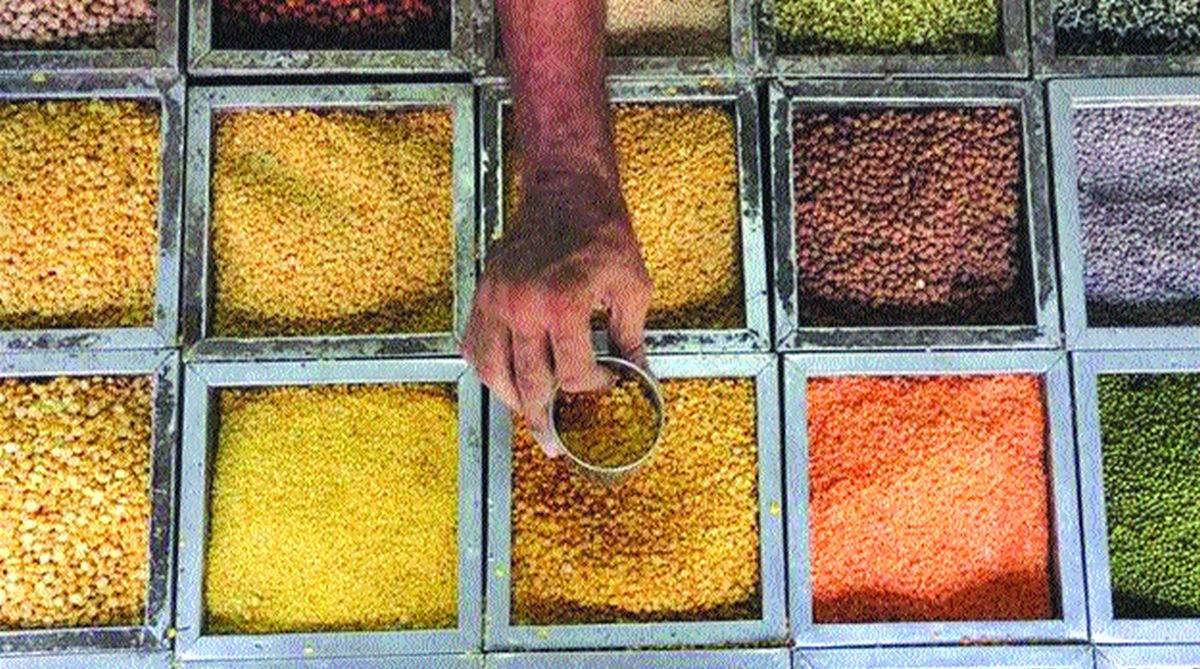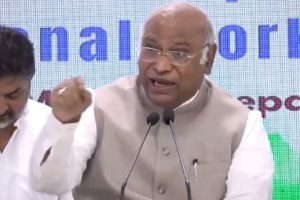Pulses have traditionally played an important role in the nutrition of the people of India as these are a staple source of proteins and other important nutrients. This is matched by their importance in providing nutrition to the soil. Legume crops have the special ability to fix nitrogen from the atmosphere and hence cereal and pulse mixed cropping is useful for maintaining the fertility of land.
India has traditionally been the biggest producer and consumer of pulses. But in recent times it has also become a huge importer of pulses. While the level of imports can increase or decrease from year to year, in recent years it has been quite high and has ranged from 5 to 7 million tonnes. Almost half of this quantity is imported from Canada and Australia while the rest is brought from other countries including Myanmar, Russia and Ukraine and some African countries.
Advertisement
Evidence has recently emerged of high levels of glyphosate being found in imported pulses including yellow peas (peele matar), red lentils (lal masur) and moong. Glyphosate is a broad-spectrum herbicide which retards plant growth by inhibiting photosynthesis and cellular growth. More recently it has been used as a desiccant before mechanised harvesting.
It is known to be highly toxic and harmful for human health. It can adversely impact immunity to several serious diseases and the absorption of mineral and vitamin nutrients, apart from disrupting protein-related functions. It was first used as a cleaner for commercial boilers, but when it was seen that plants at its dumping site died, it started to be used as a herbicide.
As pulses are not consumed to any significant extent in Canada and Australia there is a tendency for food testing to be less stringent in the case of export crops. However, when activists and concerned citizens in Canada raised their voice about health concerns, more tests were conducted. Residue levels were frequently found to be very high. The right to information was used in these efforts and signature campaigns also played an important role.
While there is a strong case for doing away with the use of glyphosate as a desiccant in the case of these pulses, it is not certain as to what extent we can hope to get this implemented in other countries. However, we can insist on better testing before accepting imports so that residue levels are kept as low as possible. Also, we can ask that crops sprayed by glyphosate are so labelled so that consumers know what they are consuming.
The aim, of course, is to minimise health hazards to which unsuspecting consumers are exposed in India. The normal perception is to regard pulses as a very nutritious food. If now this is no longer true of imported pulses, consumers have the right to know this and the extent of the hazards to which they are being exposed.
Take the case of yellow peas. The quantity of imported yellow peas is higher than any other imported pulse. Yellow peas alone account for annual imports of about 3 million tonnes. It is commonly consumed by workers and others in low-income groups. It is also a very common street food. Many workers eat it almost every day. The health hazard posed by glyphosate- contaminated matar in the case of such regular consumers can well be imagined.
Hence it is important to be careful about the health impact of imported pulses. At a wider level it is important to step up efforts for increasing pulse production in our country so that dependence on imports is not necessary. One important reason why pulse production stagnated is that after the advent of the green revolution the time-honored mixed cropping systems combining cereal and pulse crops were given up in several places. Such mistakes can be corrected.
India has very rich areas from the perspective of pulse cultivation and our farmers have rich traditional knowledge about pulses. The country has been spending about Rs. 20,000 crore a year to import pulses. It will be much better to use this money for encouraging our pulse farmers and providing them a better price and incentives. Policy-level issues are decided by the Government in India but much of the imports are handled by the private sector. Both need to be better informed and alert about the health hazard implications of imported pulses.
Developed countries are known to be quite strict in protecting the health interests of their citizens while regulating and approving imports; Australia, for instance, is extremely fussy. It is time now that developing countries too are equally concerned and careful about the health concerns of their citizens.
The writer is a freelance journalist who has been involved with several social movements and initiatives.











